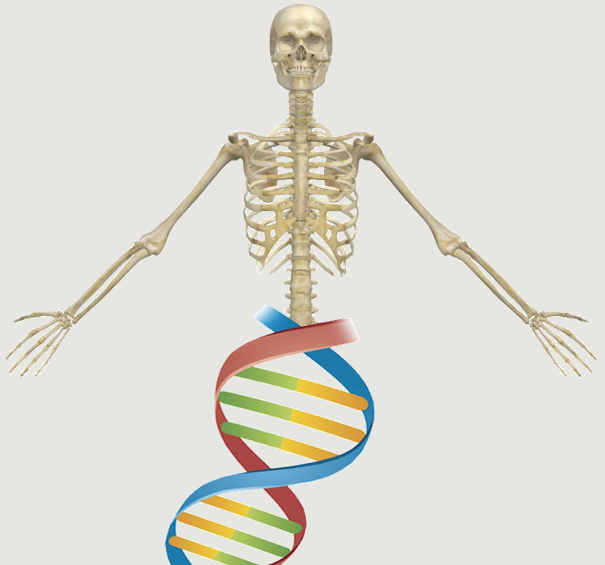Abstract:
One proposed strategy for bone regeneration involves ex vivo tissue engineering, accomplished using bone-forming cells, biodegradable scaffolds, and dynamic culture systems, with the goal of three-dimensional tissue formation. Rotating wall vessel bioreactors generate simulated microgravity conditions ex vivo, which lead to cell aggregation. Human mesenchymal stem cells (hMSCs) have been extensively investigated and shown to possess the potential to differentiate into several cell lineages. The goal of the present study was to evaluate the effect of simulated microgravity on all genes expressed in hMSCs, with the underlying hypothesis that many important pathways are affected during culture within a rotating wall vessel system. Gene expression was analyzed using a whole genome microarray and clustering with the aid of the National Institutes of Health's Database for Annotation, Visualization and Integrated Discovery database and gene ontology analysis. Our analysis showed 882 genes that were downregulated and 505 genes that were upregulated after exposure to simulated microgravity. Gene ontology clustering revealed a wide variety of affected genes with respect to cell compartment, biological process, and signaling pathway clusters. The data sets showed significant decreases in osteogenic and chondrogenic gene expression and an increase in adipogenic gene expression, indicating that ex vivo adipose tissue engineering may benefit from simulated microgravity. This finding was supported by an adipogenic differentiation assay. These data are essential for further understanding of ex vivo tissue engineering using hMSCs.
Notes:
Sheyn, Dima Pelled, Gadi Netanely, Dvir Domany, Eytan Gazit, Dan eng R01AR056694-01A1/AR/NIAMS NIH HHS/ R01DE019902-01/DE/NIDCR NIH HHS/ Research Support, N.I.H., Extramural Research Support, Non-U.S. Gov't 2010/09/03 06:00 Tissue Eng Part A. 2010 Nov;16(11):3403-12. doi: 10.1089/ten.tea.2009.0834. Epub 2010 Aug 31.
Website

